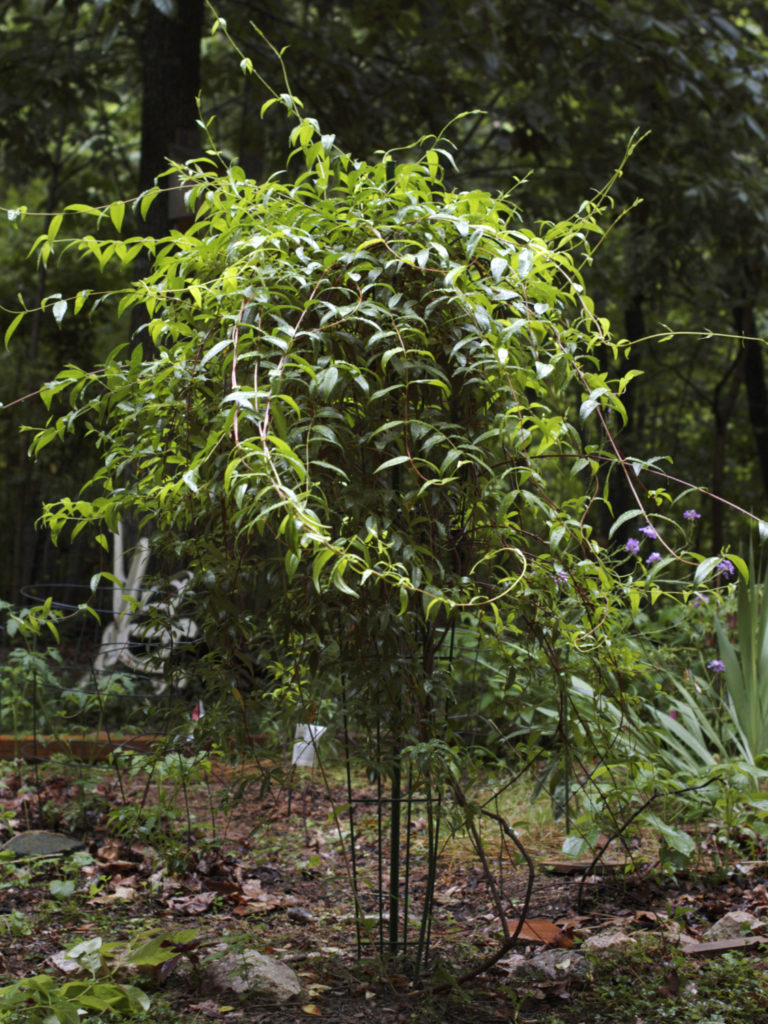The Remedy for Spanish Flu

People who seek homeopathic treatment these days have often been told that homeopathy is for lingering chronic disease and conditions untreatable with conventional drugs. As in any health practice, however, chronic complaints are actually the most difficult to work with. It often comes as a surprise to new homeopathic patients that acute illnesses and injuries respond very quickly to a well chosen homeopathic remedy.
In fact, homeopathy first made a widespread name for itself in the treatment of epidemics, namely typhoid fever and cholera. Dr. Samuel Hahnemann used homeopathic remedies like Rhus toxicodendron (poison ivy), Bryonia alba (white bryony), Veratrum album (white hellebore), Camphora (camphor) and Cuprum metallicum (copper) — all homeopathically prepared, of course — to treat hundreds of cases during epidemics in the early 19th century. When people found out that someone was treating cholera and typhoid successfully, they naturally became interested in this new medical model.
Another epidemic in which homeopathy stood out was the Spanish influenza, the “bird flu,” of 1918. This epidemic was a perfect storm of disease that started with a pathogen the human body had never encountered and compounded this contagion with a world war that transported troops and disease across the globe.

Today, the 1918 pandemic still causes shivers in the collective spines of conventional practitioners. It was, quite possibly, the greatest failure of standard medicine the world has ever seen. There was simply no treatment that would fight the symptoms without putting the patient in more danger. Conventional doctors who brought down the high fevers with aspirin saw their mortality rates rise from one-third to nearly two-thirds in some hospitals. Astute physicians quickly realized that the more interventions were tried, the more patients died, and they fell back to keeping people on bed rest for as long as possible.
The homeopathic remedy for Spanish influenza was made from Gelsemium sempervirens, or yellow jessamine, a climbing vine widespread in the American South. The epidemic may have killed as many as 2 million people worldwide, but despite average mortalities in excess of 30 percent in conventional hospitals in the U.S. and U.K., homeopathic hospitals in the same areas lost fewer than 3 percent of their patients. To this day, Gelsemium is still one of our most effective remedies for influenza. (More below.)
What we know best about the Spanish influenza of 1918 is that it killed young, healthy people at a far greater rate than the old and the infirm. The common influenza we’re most familiar with, the one that affects about 3 percent of the population each year, tends to be most dangerous to those with weakened immune systems, the very young, and the very old. This is true of many diseases, of course. So, whenever another influenza begins to affect the young and healthy, we hear about possible pandemics in the evening news reports.
The reason the Spanish influenza of 1918 was so different is that generations of the pathogen had evolved from contact with humans, birds and probably swine into something completely new. What usually happened when someone got the “bird flu” was the usual influenza symptoms with a high fever and extreme exhaustion. The patient would seem to fight off the symptoms over the course of two or three days.
It was when the patient began to feel better and got out of bed to go back to work or to cook for the children that the patient’s lungs would suddenly begin to fill with fluid. The patient would die, often within 24 hours, of pneumonia, but not a pneumonia related to the original strain of influenza, nor even a consistent strain of bacterial pneumonia. Researchers have concluded that the pathogens found in the lungs of the victims were opportunistic, not primary, infections. It was like the patient’s body just panicked and began pumping fluid into the lungs at exactly the time when the crisis should have been over.
Mortality rates at conventional hospitals ranged from 25 percent to over 50 percent, depending on the use of aspirin (which raised mortality). At the U.S. National Homeopathic Hospital, not a single patient was lost during that pandemic.

Though it may seem baffling that a disease should affect the young and healthy more than the old and infirm, the homeopathic understanding of symptoms predicts that exactly this kind of response might be seen when an organism with robust defenses is faced with a pathogen for which it has no historically encoded response.
In homeopathy, we view symptoms as the body’s best attempt to restore health quickly. Fevers burn out pathogens and rally the immune system, mucous encloses and carries away potential threats, inflammation brings nutrients and repair materials to damaged tissue, et cetera.
Accordingly, when a body is strong, we see it able to produce these symptoms very strongly. So, we’re not surprised to see a healthy immune system try so hard to kill a pathogen that it ends up winning only at that cost of its own survival. Similar responses can be seen in severe trauma when inflammation threatens to damage organs, or in anaphylaxis when the body reacts so strongly that it threatens to suffocate itself. Likewise, after the actual flu had run its course in these patients, the body would overreact, in hindsight, to the presence of this unknown pathogen and flood the lungs with fluid trying to wash out the virus.
The difference between homeopathic treatment and conventional treatment is that in homeopathy we work WITH the symptoms the body is putting out, helping to steer its efforts in the most productive direction. The beautiful thing about homeopathy is that we as practitioners do not have to decide for the body which is the most productive response as long as we choose the remedial substance that most closely matches the symptoms. We bow to the wisdom of the body and the billions of years of evolution directed through its DNA. The right homeopathic remedy helps the body to decide whether the most appropriate response is then to make the symptoms stronger for a short while or whether the most appropriate response is to stop overreacting to a pathogen that has by now mostly gone from the body.
Have you ever seen someone with a 104-degree fever who is happy and calm and eating and drinking well? Homeopaths see this in healthy children who are successfully fighting something off. As long as they are not in pain or lethargic or becoming dehydrated, such a fever is a sign of a strong immune system doing what it does best and will often resolve the illness in a short time.
Of course, the appropriate response when the body is threatening to drown itself in its own fluids is to stop panicking. Interestingly, one of the biggest indications for Gelsemium is complaints that come on slowly after a great fright. Metaphorically speaking, the Spanish influenza might certainly have been a scary event for a human body, whose evolutionary record (DNA) contained no clue for how to handle the threat. And despite the intensity of the flu symptoms, the body didn’t start pumping fluid into the lungs until some hours or days after the influenza symptoms had subsided (slow onset of symptoms).
Gelsemium sempervirens is known generally as the “droopy flu” remedy. It’s remarkable how often a caregiver will use exactly the word “droopy” to describe the aspect of someone who needs Gelsemium. Along with the common symptoms of influenza (sore throat, dry cough, headache, body aches and fever), the patient’s eyelids droop, her face droops, her whole body droops into the chair or the bed. The patient is often red-faced and dusky in appearance. She feels very weak and trembles. Her headache may feel like a band around the head.
The other thing we expect to see when someone needs Gelsemium is a nearly complete lack of thirst even though the body seems to be ejecting large amounts of fluid. When a flu patient will not drink but has to urinate every half hour, Gelsemium has to be at the top of the homeopath’s differential. Likewise when the flu headache feels better after urinating!
Credit for the pandemic details in this post go to Sandra Perko and her book, The Homeopathic Treatment of Influenza, a terrific look at the 1918 pandemic.
###





